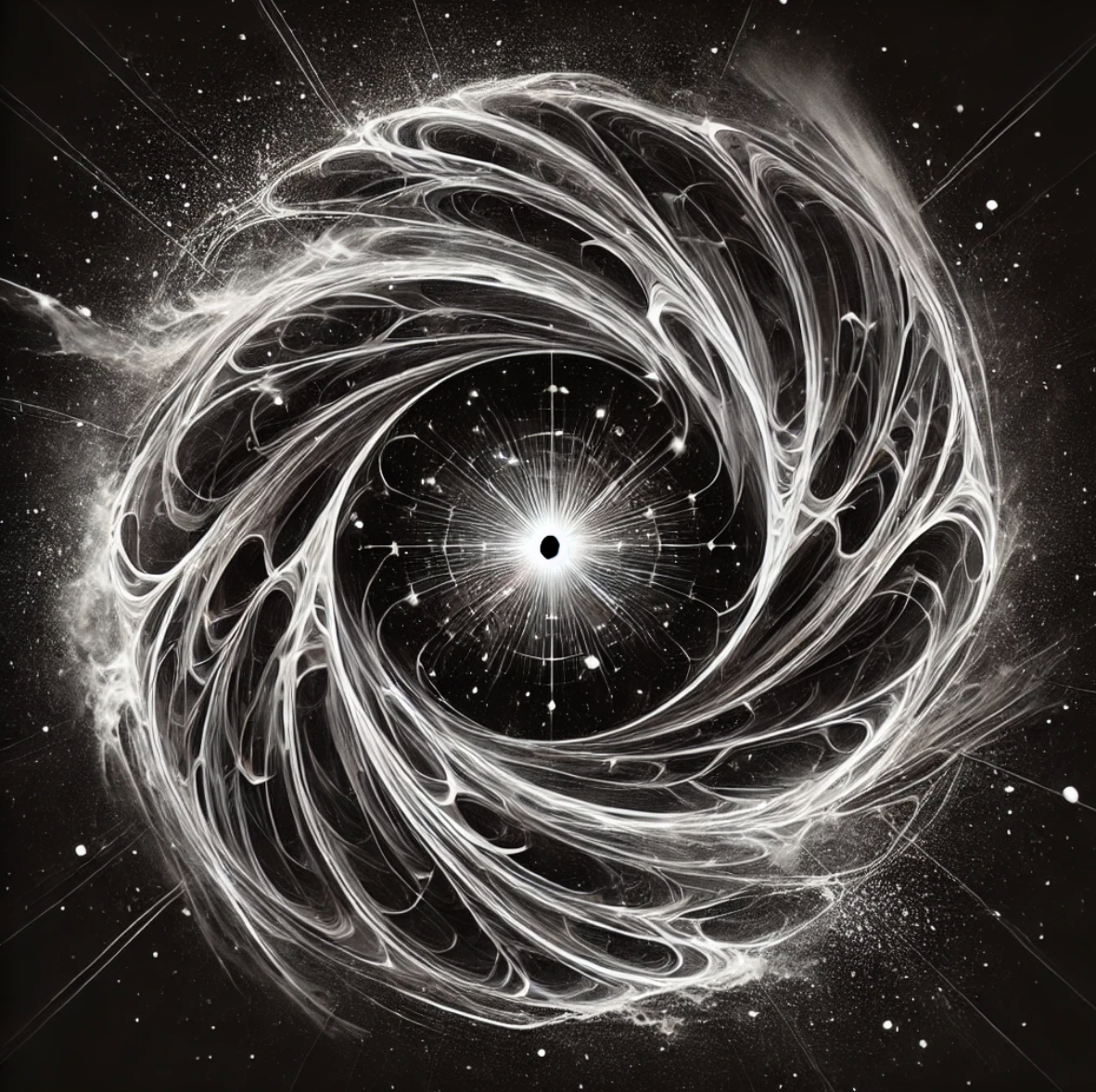Am I Breaking the Law of Physics?
The Impact of Introducing the Theory of Entirety
The introduction of the Theory of Entirety raises intriguing questions about the boundaries and foundations of our understanding of the universe. At first glance, this theory may seem to challenge the established laws of physics, particularly those derived from the work of great minds like Newton and Einstein. However, the Theory of Entirety is not about breaking these laws; instead, it aims to expand our understanding of the cosmos by addressing the limitations of current theories.
Challenging Established Notions
Albert Einstein’s theories, particularly his famous equation E=mc², revolutionized our understanding of energy, mass, and the speed of light. Yet, Einstein’s work was based on the assumption that the universe, as we observe it, is the entirety of creation. He did not have access to modern discoveries such as the expanding universe, the Big Bang, cosmic microwave background (CMB) radiation, or the intricacies of quantum mechanics—all of which were unknown during his time or were phenomena he opposed integrating into his theories.
The Theory of Entirety, on the other hand, proposes a framework that goes beyond the observable universe. It suggests that our universe is not infinite but a part of a larger, all-encompassing structure—what we call “Entirety.” This theory does not violate the laws of physics as we know them but rather posits that these laws are specific to the confines of our universe. Beyond these confines, in the realm of Entirety, different rules or extensions of these rules may apply.
Expanding the Boundaries of Physics
The Theory of Entirety suggests that what we perceive as the ultimate speed limit—the speed of light—may not hold in the broader context of Entirety. This is not to say that the speed of light is invalid, but that it is a limit within our universe, not necessarily within the entire cosmos. The concept of a cosmic void, as proposed in the Theory of Entirety, introduces a new dimension to our understanding of space-time, where the principles of quantum mechanics and relativity may be reconciled in ways that are currently beyond our empirical reach.
This approach does not seek to invalidate Einstein’s work but to build upon it, recognizing that the laws of physics as we understand them today are part of a larger, more complex picture. The Theory of Entirety aims to integrate the observable universe into a broader framework that accounts for phenomena that are currently unexplained or only partially understood.
The Necessity of New Theories
Historically, every major leap in our understanding of the universe has required a reevaluation of existing laws and theories. From Newtonian mechanics to Einstein’s theory of relativity, each new paradigm has expanded our comprehension of the cosmos without necessarily “breaking” the old laws, but rather by showing their limitations and applicability within a certain context.
In this light, the Theory of Entirety should be seen not as a challenge to the laws of physics but as an essential progression—a necessary step towards a more complete understanding of the cosmos. By introducing new concepts such as the cosmic void, and the idea that our universe is a smaller entity within a larger, infinite structure, the Theory of Entirety offers a fresh perspective that encourages further exploration and discovery.
Concluding this discussion with A New Horizon
In asking, “Am I breaking the law of physics?” the answer is nuanced. The Theory of Entirety does not break the laws of physics as they apply to our universe; rather, it extends them into a broader context. It challenges us to reconsider our assumptions and to explore the possibility that there is more to the cosmos than what is currently understood. In this sense, the Theory of Entirety is not about breaking the law of physics, but about expanding our understanding of what those laws encompass and where they may lead us in the future.
